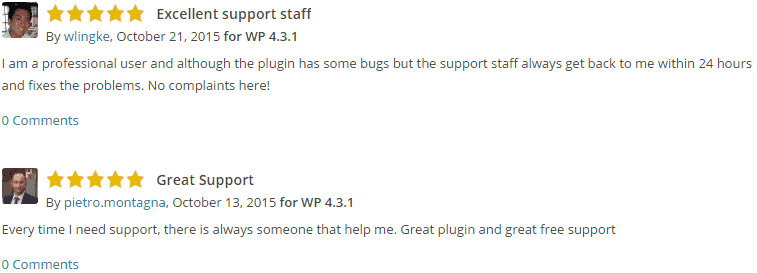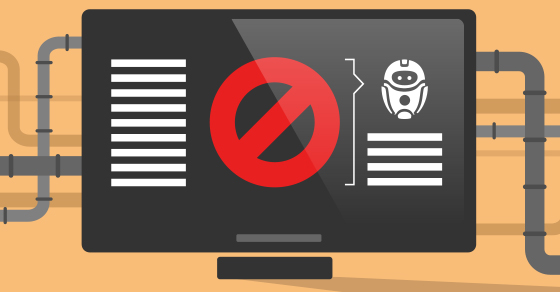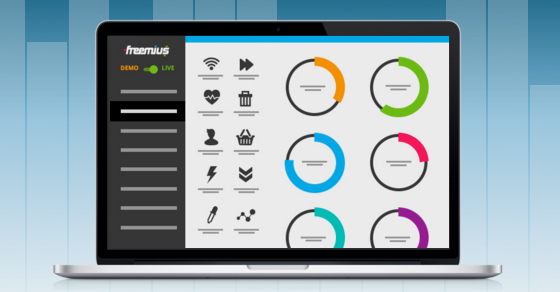|
|
Even with a perfectly planned and executed plugin release, it can be tricky getting those all-important five-star reviews in the WordPress Plugin Directory. Drop the ball on a release and things can get dicey quickly.
Plugin users can be an unforgiving bunch at the best of times and have little compunction in pouncing on shoddy releases. A less than perfect version of your plugin needn’t be the end of the world, however. Handled correctly, you can turn even a buggy plugin release into a five-star reviews machine. How do you like them apples?
In this article, we’ll cover four key techniques you can use to turn disaster into triumph following a problematic release. Before we hit our points, however, let’s briefly consider the potential reactions a buggy release may cause.
Potential Reactions to a Buggy Release
If you’ve shipped a version of your plugin that doesn’t come up to the standards your users should rightfully expect, there are two basic reactions you’ll see. Distinguishing between them is important in order to minimize damage:
- A user is largely unaffected by problems with the release: You’ve dodged a bullet here – make sure you’re doing your best to keep overall averages up by actively soliciting positive reviews.
- A user is painfully aware of the problematic release and rightfully upset: This is where the problem lies. You need to get out in front of the issue or issues as quickly as possible and do everything in your power to mollify these users while addressing the underlying problems.
Let’s move on to concrete steps for tackling scenario number two and maximizing your chances of getting five-star reviews off the back of a buggy plugin release.
1. Prioritize Customer Support
Problems can creep into even the most carefully planned plugin releases. What really counts in terms of user satisfaction, however, is how quickly and competently they are addressed.
Making customer support a very high priority is key to finding out about problems in the first place and then minimizing damage as you transparently address issues.
Handled quickly and efficiently, this can actually drive five-star ratings rather than crippling your overall standing. Does that sound counter-intuitive? It’s actually been a key factor in driving consistently excellent reviews for our own RatingWidget – as you can see from the real-world examples below.
In a perfect world, your entire support burden would be composed of answering straightforward implementation questions. Problematic releases shouldn’t be feared however, great customer support means you can turn complaints into opportunities and dissatisfied customers into lifelong fans.
2. Offer Appropriate Compensation
If you’ve screwed up royally on a release, you may well have cost your users (free or premium) very real time and money. Along with responding quickly to your users and actually fixing the underlying problems, some sort of recompense may well be in order.
Real-world limitations naturally apply here and will vary from case to case. If you’re a premium plugin provider, you can’t simply start bleeding money left, right, and center with full refunds in all cases, for example.
You can, however, come up with creative solutions that will keep customers on board rather than running for the hills bad-mouthing your product along the way. Again, think of this as turning the current crisis into a future opportunity. This could be in the form of offering premium options for a limited time to users affected by a particular woeful release, or giving upgrades on licenses.
The key point here is to make your users feel compensated for the problems they’ve experienced. Even if this requires an additional outlay in terms of time or money on your part, it’s pennies on the dollar compared to losing the lifetime customer value entirely. It also, crucially, gives users a rock-solid reason for posting a five-star review on even the buggiest of releases.
3. Treat Buggy Releases as Code Sprint Opportunities
All the excellent user support and compensation in the world is no use unless you’re actually solving the underlying problems at the heart of your buggy release. It may not be at a time of your choosing, but a particularly problematic release is essentially an enforced code sprint as a solo developer or team.
Make sure you’re getting the maximum value out of this and fully documenting wider issues that are uncovered while you get down to fixing the underlying problems. Even under pressure, approaching this in an organized fashion and diligently filing related bugs and possible future features and improvements in your system give you a better chance of rapid iterative improvement down the road.
The combination of quick fixes and organized ongoing development is sure to drive five-star reviews down the line.
4. Own the Problem
Once you’ve gotten through the worst of it using our initial three steps, make sure you take full ownership of the problem publicly. Clearly outlining the underlying issues and your responses to it in terms of support, compensation and rapid fixes goes a long way towards building trust from both existing and future users.
Looking for an example of this in action? Look no further than Yoast’s handling of various security issues in recent releases early in 2015. Though serious issues were in evidence in a number of releases, rapid, professional and public reaction went a long way towards keeping overall plugin ratings as high as possible across the affected plugins.
Conclusion
Shipping a buggy release is a horrible feeling for any plugin developer. That stomach-churning moment when you realize something woefully short of standards has gone out the door is one to be avoided at all costs.
In the real world, though, it happens to even the best of us. Rather than burying your head in the sand and watching overall plugin ratings plummet, the key is to see the problematic release as an opportunity to engage with users by following our four steps:
- Prioritize customer support.
- Offer appropriate compensation.
- Treat buggy releases as code sprint opportunities.
- Own the problem.
Each one of those points will help you nip problematic reviews in the bud and give your users excellent reasons for giving you a five-star review under even the worst of circumstances.
Do you have tips for dealing with buggy releases and garnering positive reviews? Let us know in the comments!









Absolutely.
I liked the concept.